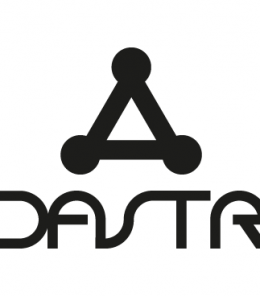Table of Directors Vs Prediction Board

A plank of administrators has a range of legal tasks and tasks that an expostulatory board would not.
One of the biggest differences is that a board of directors possesses full recognition over business matters, such as voting privileges for shareholders on major decisions like M&A proposals. Consequently a mother board of administrators is more likely to be motivated economically and lawfully to help the organization succeed, while an hortatory plank may not be simply because committed to their role.
Remonstratory boards present flexible, relaxed groupings of experts and advisors hand-picked by the CEO and management staff to provide non-binding strategic advice. They can help budding companies get subject matter knowledge, coach a CEO or perhaps management crew, accelerate access to customers and channel partners, make industry-appropriate introductions that increase revenue, and more.
The first thing to building an advisory board should be to create a set of documents that defines their purpose and what it is intended to achieve. This will help avoid misunderstandings that could arise subsequently down the line and be sure that members belonging to the advisory panel understand their commitment.
Once the document is completed, it’s the perfect time to begin distinguishing candidates intended for the instructive board. In contrast to a board of administrators, an bulletin board https://theirboard.com/tips-for-hosting-a-successful-virtual-event/ does not have a pre-existing relationship while using company or management staff, which can make it easier to pull in a diverse range of pros and industry-specific experts.











